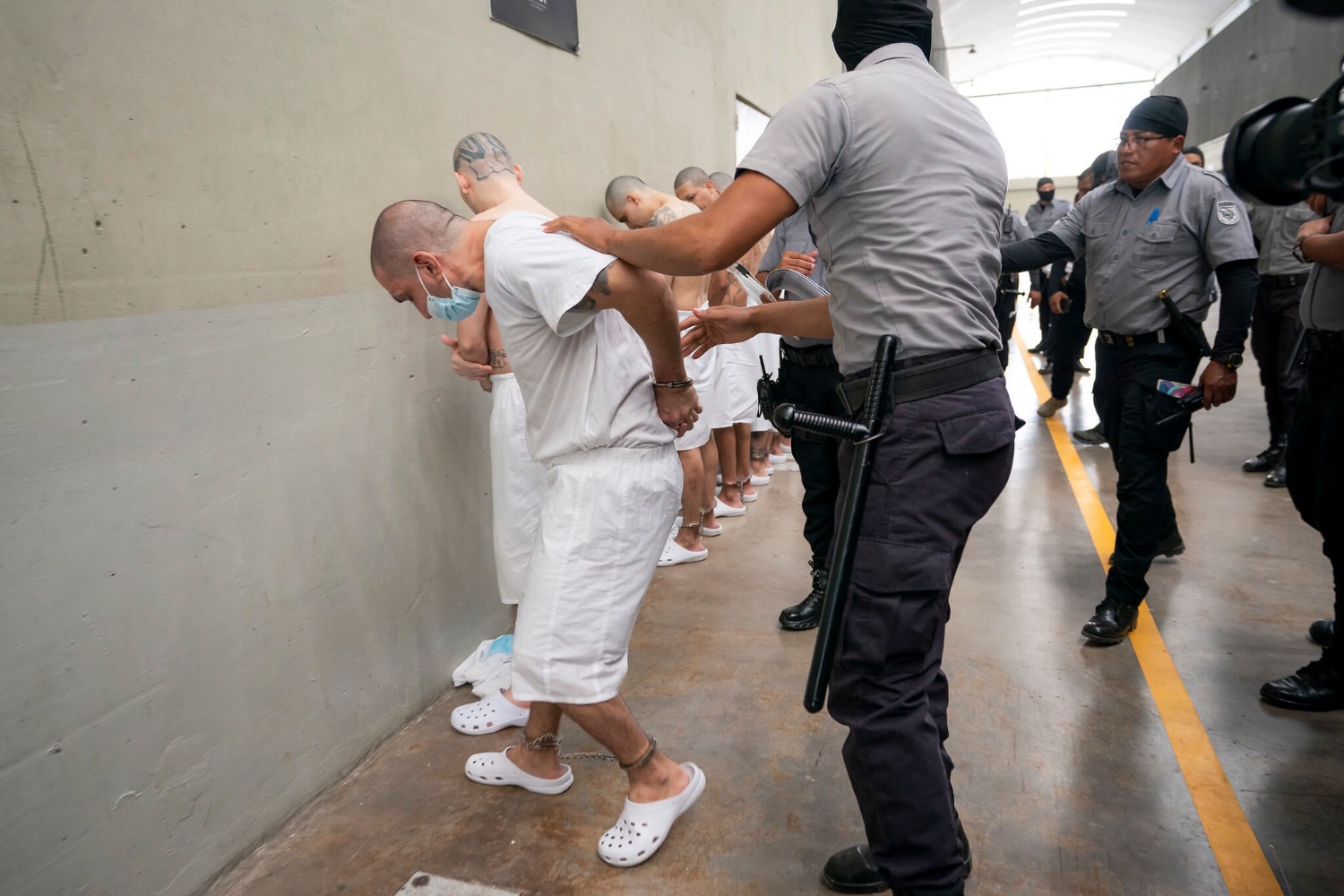Six Possible Options for the Supreme Court’s Review of the Travel Ban
On Monday, the Supreme Court’s tumultuous 2016 term is scheduled to draw to an end. But will it? All of the briefing in the travel ban litigation has been filed, and the cases are ready for the Court’s ruling. There are (at least) six possible options for resolving this matter.
1. Hold a Special Session in July
Published by The Lawfare Institute
in Cooperation With

On Monday, the Supreme Court’s tumultuous 2016 term is scheduled to draw to an end. But will it? All of the briefing in the travel ban litigation has been filed, and the cases are ready for the Court’s ruling. There are (at least) six possible options for resolving this matter.
1. Hold a Special Session in July
Two weeks ago, I wrote in the New York Times that the Court should hear arguments in the case over the summer. This option would bring finality to a significant national security matter. Further, by resolving the issue quickly, the Court could avoid any potential mootness issues that could arise if arguments are postponed until the fall. Alas, this option looks increasingly unlikely. If the Justices wanted immediate oral argument, they could have issued a scheduling order last week. As I understand the unwritten rules, five votes are required to expedite arguments. By waiting until Monday (or later) to even address the matter, a majority of the Court has signaled this case isn’t that urgent.
2. Hold a Special Session in September
Another option would be to schedule a special session to hear arguments in September, prior to the traditional beginning of the term on the first Monday in October. There is precedent for this move. For example, in 2009 the Court held such a special session, to re-argue Citizens United v. FEC. In that case, a divided 5-4 decision was issued four months later in January 2010. The problem with this approach, as I and others have noted, is that the case arguably becomes moot by mid-September. Two weeks ago, the Ninth Circuit modified the injunction issued by the District Court in Hawaii. As result, the government can now take the full 90 days to consider how to revamp its vetting procedures. At that point, the stated justification for the travel ban vanishes. Perhaps, as I noted, delaying arguments is merely a stratagem to vacate the decisions of the Fourth and Ninth Circuits under the Munsingwear doctrine, without having to rule on the statutory and constitutional matters. Mark Tushnet called this an “easy out.” I would call it a naked punt. If the case is worth hearing in September, it is worth hearing in July. The Justices wouldn’t fool anybody paying close attention to this issue.
3. Hear the Case in January
The Justices could also grant certiorari this week and schedule the case for late 2017. In the normal course, a petition for certiorari that is granted at the end of June would be scheduled for argument in November or December and there would likely not be a resolution until June 2018. It should not take a year to resolve this case. For example, the en banc Fourth Circuit managed to publish a 60-page opinion within three weeks of oral argument. The Justices have very smart law clerks. They can resolve the case with haste. If the Court takes this third approach, it would be an even more transparent effort to let the case moot itself before argument, at which point the petition could even be dismissed as improvidently granted.
4. Take No Action, and Relist the Case for the Long Conference
In recent years, the Court has adopted a cautionary practice before granting review in a case: each petition would be “relisted” at least once to give all of the Justices and their law clerks an opportunity to scrutinize the pleadings and ensure there are no “vehicle problems.” If the Court decides to relist the travel ban petitions, the case would be held over for the so-called long conference on September 25, 2017. By that point, as noted earlier, the entire case may become moot. The petitions could simply be denied, and the judgments of the lower courts would stand as both judgments and binding circuit precedents. The travel ban would end not with a bang, but a whimper.
5. Deny Certiorari Now
The Court could also simply cut to the chase. Because it takes four Justices to grant certiorari, if six Justices band together, the Court could deny review. Perhaps the sextet will reason that in the absence of a circuit split there is no reason to take the case. Or they will decide that since the case may become mooted in the fall, there is no reason to get involved. Or perhaps they would rather avoid this difficult case and not deal with President Trump’s unpopular action. Whatever the reason, it would take six Justices to deny review now. I predict such a denial would elicit one or more blistering dissents from denial of certiorari, and possibly even a response from the deniers.
6. Issue a Summary Reversal
There is another possibility that I haven’t seen addressed elsewhere: the Court could issue a per curiam summary reversal of the Fourth and Ninth Circuits. Generally, summary reversals are employed for unargued cases where the lower court made plain errors. As I’ve contended at some length, there are many such errors in both IRAP and Hawaii v. Trump. If five Justices so choose, they could issue a per curiam decision—over one or more dissents—that the lower courts erred. For example, the cases could be reversed on any number of grounds: the Justices could determine the plaintiffs lack standing; that Presidential declarations under 8 U.S.C. § 1182(f) are not subject to judicial review or else are reviewed deferentially; that Kleindienst v. Mandel is limited to the facial validity of the policy, and courts that looked to the President’s statements erred; that Mandel is limited to the actual denial of a visas, and not an executive order; that the Establishment Clause does not apply to foreign policy decisions as it does in the domestic context; that denial of entry and issuance of visas are different doctrines; or that none of these claims are ripe because no one has been denied entry. In my view, the grounds for summary reversal are legion. This approach would allow the Justices to quickly resolve the case before it becomes moot, avoid the need to disrupt summer schedules to hold arguments, and bring finality to this difficult issue.
***
This litigation has taken more twists and turns than I could have imagined when Trump issued his original executive order in February. During periods of regularity, an injunction barring the President’s signature national security policy would be an issue of the utmost importance for the Supreme Court. But these are not normal times. To reiterate a point I made in the Times, the issues in this appeal go far beyond the travel ban:
Far beyond this interim order, all of President Trump’s foreign and domestic policies will be infected by these same critical disputes. The Supreme Court may be able to evade review here, but these issues are certain to repeat themselves. The nine justices cannot punt these complicated matters, hoping someone else deals with them. All of the issues are fully developed, and ready for resolution now.
The buck stops here.




